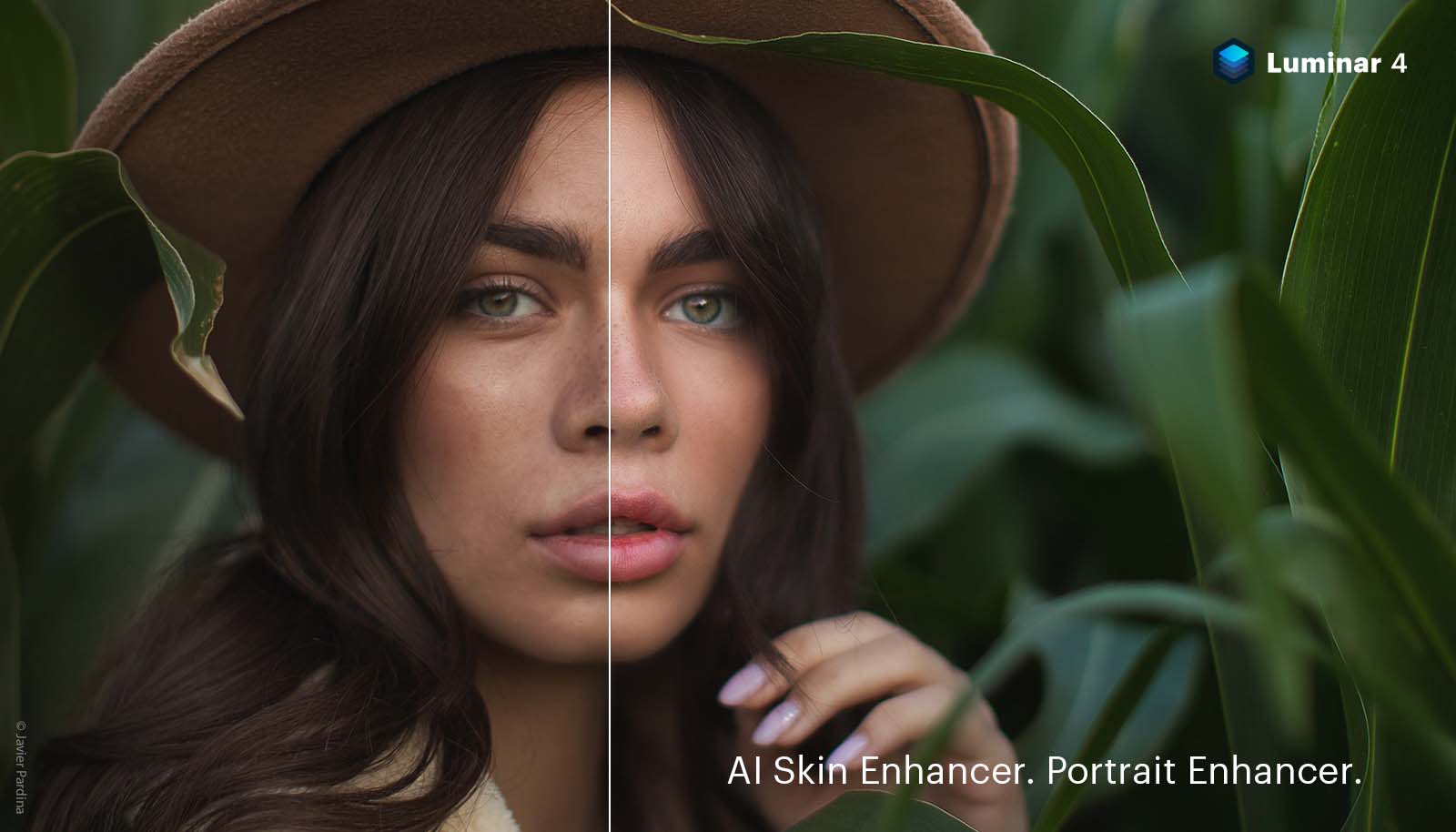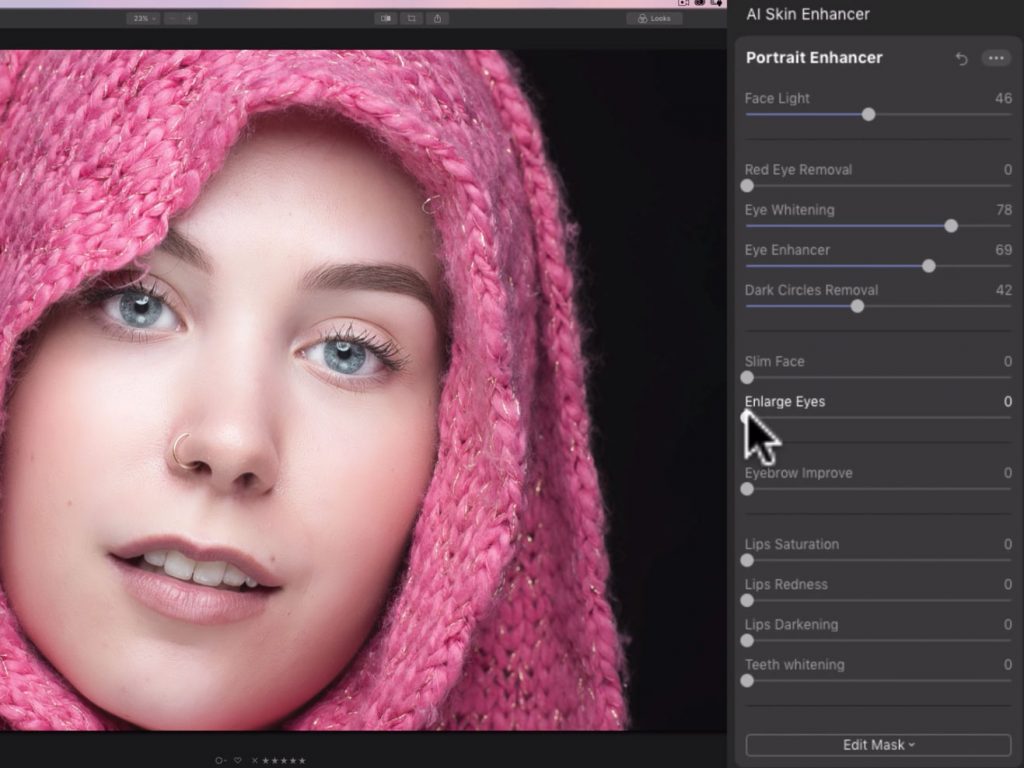

What would normally take me about 3 hours or so to edit a portrait session, I’ll estimate that I could easily cut that in half using the AI tools available in Luminar.Īdd to that the ability to save all the settings in a Preset (called Looks) and apply it with one click. I don’t shoot weddings or commissioned portrait work anymore – but if I did, I can tell you that I’d be using Luminar 4 to do it, for sure! Is Luminar AI dead? Do you need both Luminar AI and the new Luminar Neo? Is it a replacement for Photoshop? Watch my initial run-through of the latest “technical build” and my thoughts on who Luminar Neo is FOR and who it’s NOT for. I’m also developing a Luminar Neo course to get new users up to speed as soon as possible. Read my review of Luminar Neo here, and keep up to date with all the details. Note: Skylum is about to release their newest image editing software Luminar Neo, with a release date of early 2022, possibly even March. Scroll down to watch the video and see how I did this in Luminar and saved it as a Look (Preset) to easily apply to other images with ONE CLICK!Īfter applying the saved Look in Luminar 4 with one click! It even recognized the bride and groom’s faces which are in profile.

Here are a few quick before and after image examples.

But in this video, I’m going to show you how you can do your entire portrait workflow inside Luminar faster and better than Lightroom! I often do my basic editing in Lightroom and then take the image over to Luminar 4 to punch it up and add some style. In fact, I like it so much that I became an ambassador for Skylum. But I’m also a big fan of Luminar 4 and what it can do for my images. I use Lightroom as my primary photo organizational tool and editor. Luminar 4 compared to Lightroom for portrait editing Let’s see how it performs with group shots. Another slider – no Liquify tool or PS needed!īut you may already know what Luminar can do for a single portrait. Notice that her eyes are even more opened here. No healing, cloning or brushwork was done here. This final image was done 100% using sliders and checkboxes and the Portrait AI tools inside Luminar.


 0 kommentar(er)
0 kommentar(er)
